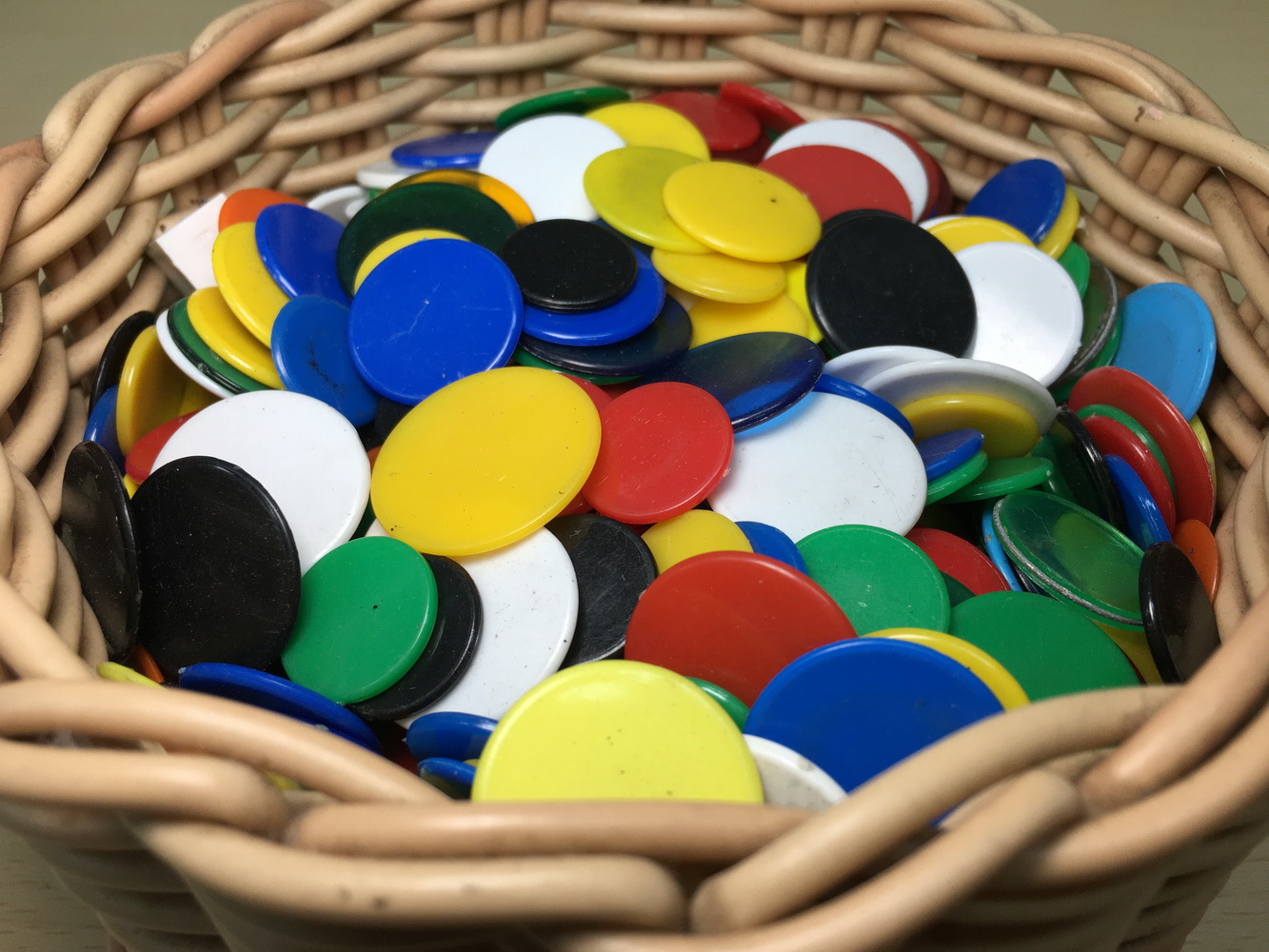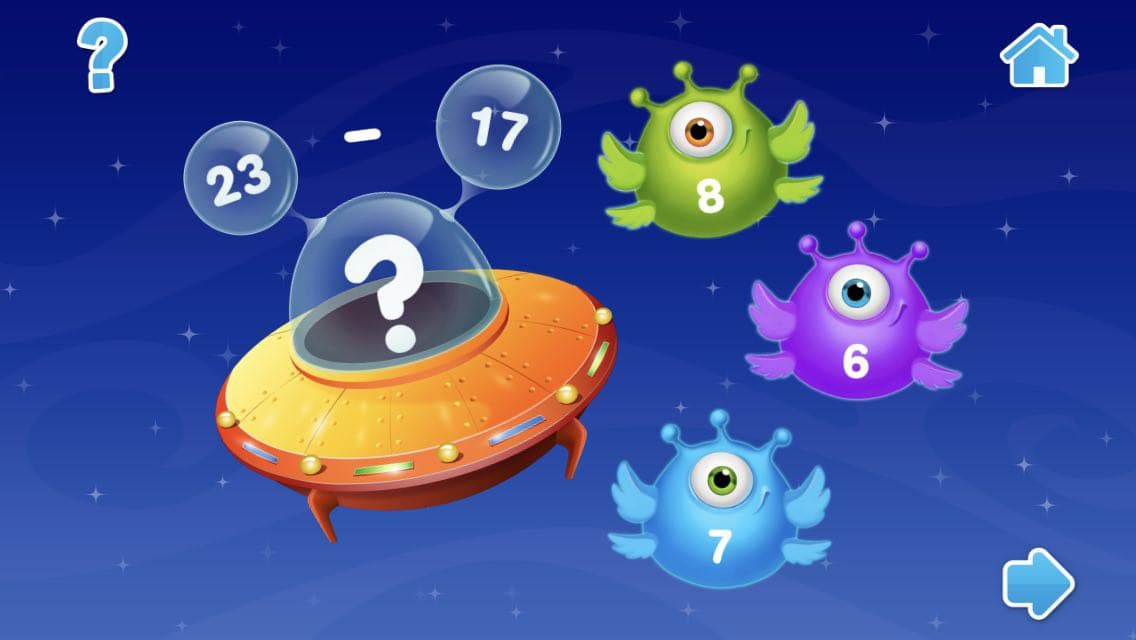Math for 1st Grade: Teaching Place Value
July 19, 2024
Place value is an essential concept that all kids must understand between ages 6 and 8. Typically introduced in the first grade, place value is taught after children can reliably read and write numerals up to 120, according. Place value is so important because understanding it is critical to performing operations with multi-digit numbers, such as addition and subtraction.
PLACE VALUE is the value of each digit in a number. For example, in the number 29, 2 represents two tens, and 9 represents nine ones.
The CCSS standards, specifically 1.NBT.B.2.C, focus on a child’s ability to count in multiples of ten without counting individual ones so they can progress to adding and subtracting multi-digit numbers with ease.
Kids Academy's Talented and Gifted Online (TG Online) offers a whole chapter of professionally designed lessons that walk kids through the process of mastering this crucial concept. Let's review the learning process step by step!
Steps 1 and 2: Using Manipulatives and Resources to Master the Concept of Ones and Tens
When just starting out with place value, learners begin with ones and tens. Hands-on manipulatives that children can touch and sort into groups of ten work great! You can use any small objects found around the house, such as Legos, marbles, or even dry cereal. Commercial manipulatives are also available and make it easier for teachers and families to keep on hand. These include base ten blocks and disc counters that can be easily purchased online. In base ten blocks, individual blocks stands for ones and sticks stand for tens.


Introducing manipulatives and allowing exploration is a great first step. In the video below from lesson 1 in TG Online, teacher Amanda explains how to understand the value of digits in two-digit numbers using beads as an example.
The single beads stand for ones and the string of beads represents tens. This visual works the same as using base ten blocks to show how individual ones can be grouped into bunches of tens to make counting easier and faster. After watching the video, use manipulatives at home to make groups of ones and tens for your little mathematician to count!
You can find additional practice in these two worksheets that use different visuals to provide kids with a variety of examples and solidify the concept.
Click on the worksheets to open them.
Steps 3 and 4: Making 10’s and Trading Ones for Tens
While it may seem easy for adults to understand that a group of ten items can be a solitary unit of ten, 6 and 7-year-olds are just learning how to group and categorize numbers. The next idea a first grader must master is that individual objects, when grouped in quantities of ten, become a new unit in place value. Likewise, ten groups of ten items become the next unit: hundreds, and so on.
This cartoon from Lesson 3 on TG Online explains in an engaging way how groups of 10 can be made, even if the visuals are arranged differently.
Worksheets over trading ones for tens help learners to understand that ones can easily become tens when grouped, while others, such as the second activity below offer valuable practice in quickly identifying groups of ten for ease of counting. As an extension at home, try grouping manipulatives and asking children to pick out the groups of tens.
Click on the worksheets to open them.
Steps 5 and 6: Composing and Comparing 2-digit Numbers
Once children have learned how to understand ones and tens using visuals, they must also learn how to compose larger numbers. In this video from lesson 4 in TG Online, teacher Mike explains how to determine place value when looking at a written numeral before walking viewers through the Bubble Matching Fun worksheet.
At this stage, learners are also taught how to compare numbers -- first with the help of visuals to count ones and tens, and eventually analyzing the written numbers alone. The important vocabulary kids are expected to use includes "less than", "greater than" and "equal to".
In each of the worksheets below, students count using base ten blocks and compare the quantities from each column. In the first, they count representations without being provided numerals, while the second worksheet tasks practices recognizing larger, two-digit numbers in both base blocks and numerals.
Click on the worksheets to open them.
As children gain a deep understanding of place value, they strengthen their number sense. Beyond the basic steps listed above, little mathematicians will eventually move on to topics like adding and subtracting using place value, which you can also find in our Talented and Gifted Online program.
If you need to create custom interactive lessons on place value for your students, use the Classroom tool which will give you access to our Resource Library and reports on your students' performance.


















